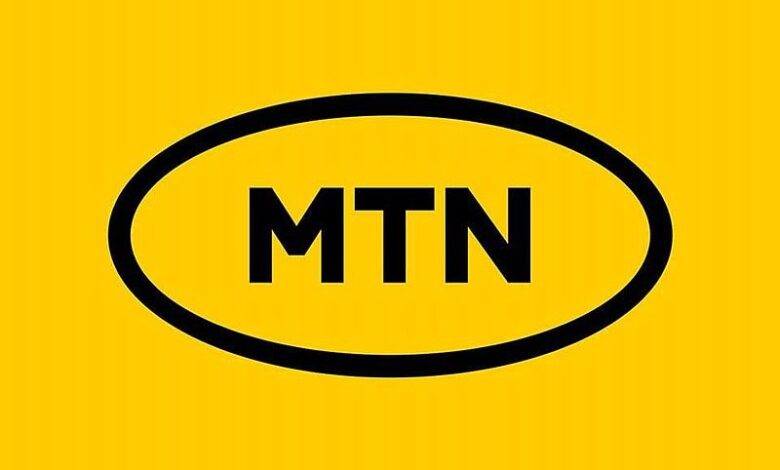MTN spent N11bn to fix 2,502km fibre cables – GSMA

MTN Nigeria, the country’s biggest telecom operator, spent N11.1 billion repairing and relocating 2,502km of fibre-optic cables over two years, according to data from the new GSMA Nigeria Digital Economy report.
It stated that if these funds had been used for rollout instead of maintenance, the operator with 77 million subscribers could have laid an additional 870 km of new fibre.
The costs showed that MTN spent N4.4bn in the 2022 financial year to repair 1,069km of fibre and an additional N6.7bn in 2023 to fix 1,433km.
It attributed the fibre damages to construction activities, road projects, and acts of vandalism.
The impact of fibre cuts continues to hinder network expansion, with funds allocated to repairs potentially diverting resources from expanding coverage in under-served areas.
“As a result, fibre networks in Nigeria are more expensive to build and maintain than they otherwise would be. These costs are substantial. For instance, MTN Nigeria was required to relocate 1,069km of fibre cables in FY22 and a further 1,433km in FY23. The budgets allocated for these activities were N4.4bn and N6.7bn, respectively,” the document stated.
The Head of Sub-Saharan Africa – GSMA, Angela Wamola told The PUNCH on a Friday media call, “Vandalism and other forms of damage have been causing significant losses to the sector. In some cases, the affected areas are easily accessible and can be quickly repaired.
“However, the damage has resulted in sustained complaints from consumers about the availability of services. This is one of the areas we’ve modeled in our report, which highlights the impact of vandalism on the evolution of connectivity in Nigeria.”
Fibre-optic cables are vital critical telecom infrastructure for connectivity because they bring network capacity closer to subscribers.
As of 2023, Nigeria had deployed 78,676km of fibre-optic cable, with most concentrated in urban areas like Lagos (7,864.60km), Edo (4,892.71km), FCT (4,472.03km), Ogun (4,189.18km), and Niger (3,681.66km).
Further, the GSMA report noted that telcos have adopted several strategies to address the ongoing problem of excessive cable cuts.
At the design and planning stages, operators anticipate potential cable damage by incorporating additional protection into the cable infrastructure and increasing maintenance budgets—steps that have significantly raised the overall cost of telecom infrastructure in Nigeria.
Last August, the federal government released the official gazette, ‘Designation and Protection of Critical National Information Infrastructure Order, 2024.
The gazette, according to the Minister of Communication and Digital Economy, Bosun Tijani, makes it an offence to willfully damage critical telecom infrastructure, including telco towers, fibre optic cables, and data centres.
The bill, if passed, would grant legal protection to telecom infrastructure, helping to mitigate damage and reduce the financial strain on operators. However, the legislation remains under consideration.
With the rising costs of maintaining fibre networks, industry stakeholders warn that continued delays in policy interventions could slow Nigeria’s broadband expansion, affecting both businesses and consumers relying on reliable connectivity.





